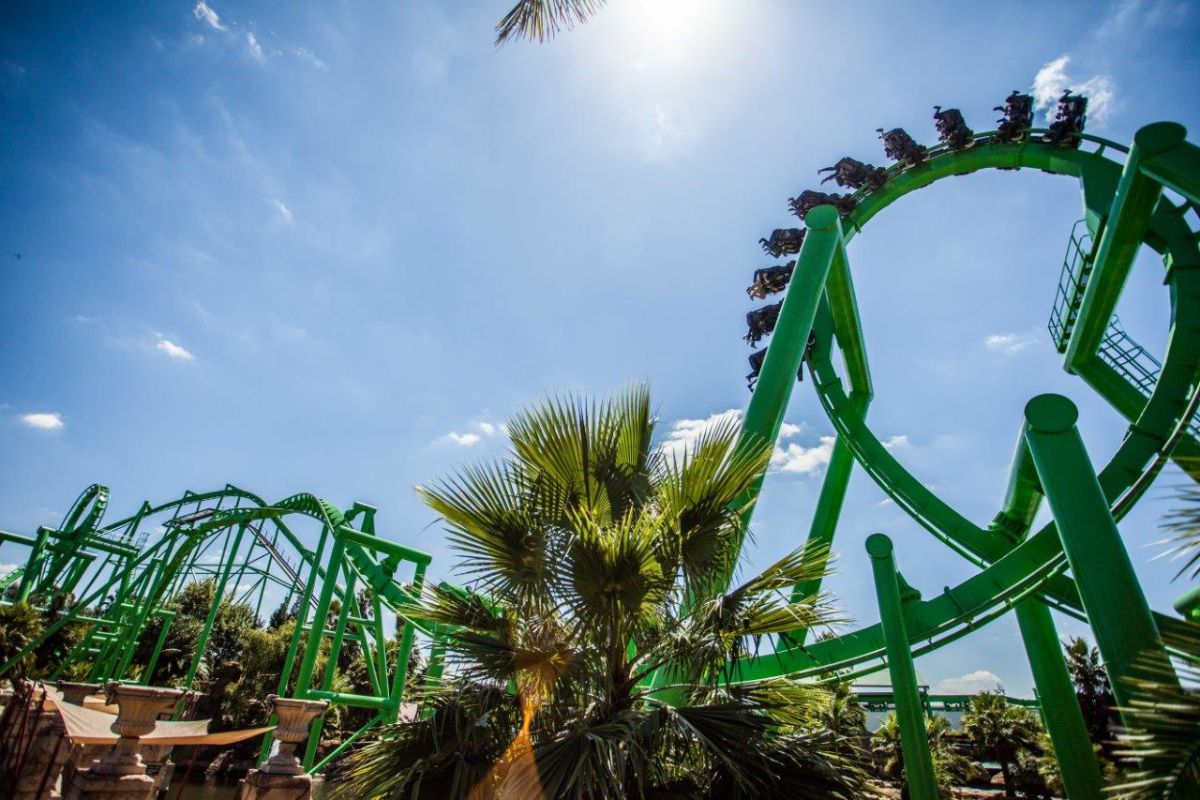What Does Johannesburg North Attractions Do?
Things about Johannesburg North Attractions
Table of ContentsThe Single Strategy To Use For Johannesburg North AttractionsThe Main Principles Of Johannesburg North Attractions Excitement About Johannesburg North AttractionsThe Best Guide To Johannesburg North AttractionsThe Greatest Guide To Johannesburg North AttractionsThe Best Guide To Johannesburg North Attractions
The city owes its place to the presence of a a lot more valuable source: gold. The city grew on the side of the Witwatersrand Key Coral reef, a below ground stratum of gold-bearing quartz-silica corporation that arcs for thousands of miles below the Highveld. The majority of the gold mines in the city ceased procedure in the 1970s, yet in its day the Witwatersrand gold sector made up greater than 40 percent of the world's annual gold manufacturing.Johannesburg has a pleasant environment. Summertime temperature levels balance regarding 75 F (24 C); winter temperatures balance concerning 55 F (13 C) and only sometimes dip below freezing. The city takes pleasure in about eight hours of sunshine per day in both winter and summer season. Rain averages concerning 28 inches (700 millimetres) per annum, but the overall differs substantially from year to year.
What rain the city gets falls practically exclusively in the summertime, usually in incredible late-afternoon electric storms. Air pollution postures a substantial trouble, particularly in the cold weather, when thermal inversions restrain the westward circulation of air from the Indian Ocean. Pollution is most serious in the densely resolved Black areas on the city's periphery, where lots of citizens still count on coal for gas.

The Single Strategy To Use For Johannesburg North Attractions
The balance of the city is inhabited by whites. Holiday accommodation differs in personality and top quality. Soweto is well-known for its countless rows of municipally constructed, two-room matchbox homes, yet it also has a couple of prosperous enclaves in addition to teeming squatter camps, where tens of thousands live without water, electrical power, or sanitation centers.
Physical development, although somewhat restricted by transportation, proceeded rapidly as immigration to South Africa, and Johannesburg in specific, increased substantially. This trouble was solved in the 1930s when the car was presented in automation to South Africa. Cars were, generally, constrained to the well-off, and allowed them to transfer to the north of the city and commute into the centre.
Many bad suburban areas were combined, with bad blacks and whites living with each other, although the rich suburban areas were usually scheduled for whites.
The previous system of eleven numbered regions this page was reorganised in 2006. Marshalltown, as seen from the top of the Carlton Centre. The M1 and M2 run behind the structures, and the southerly residential areas expand past the freeway border. The central city of Johannesburg lies within the city's Area F. The number of people living in the internal city on an informal basis is unknown, as several are unlawful immigrants. The unemployment, education and learning, and age profiles of the location are all unknown, due to the difficulty of getting trustworthy info concerning the area.
Some Known Details About Johannesburg North Attractions
Yeoville and Bellevue have a mix of apartment and solitary residential systems on little whole lots. The area is situated on a hilly divide that runs from eastern to west. The most noticeable geographic feature is Observatory Ridge, which is named for the big observatory located on it. The recreational rooms are no more made use of, as a result of protection issues.

Johannesburg Stadium, a training school for both the Golden Lions and Orlando Pirates, is adjacent. The eastern residential areas of Johannesburg lie in the city's 7th [] and 9th [] areas. The area is likewise functionally integrated with East Rand boundary communities outside of the main boundary of Johannesburg, such as Bedfordview and Edenvale (both component of Ekurhuleni Metropolitan District).
Not known Details About Johannesburg North Attractions
The eastern suburbs are some of the oldest locations of go now Johannesburg, there are huge communities of Jewish and various other European histories, the bulk of the populace is English talking. There are three golf programs as well as a number of secured ridges with viewsites.
Originally constructed to house male migrant employees, lots of have actually been enhanced as residences for pairs and family members. The residential area was not traditionally enabled to create work centres within the location, so practically all of its locals are travelers to other parts of the city.
About Johannesburg North Attractions
The household areas in the northern residential areas are generally official, with no substantial locations of informal housing, or housing that does not have an irreversible framework. This is an established area, there is a pattern of land use modification from domestic to business, particularly along major arterial roads and around well established nodes.
The area is well connected to roadway networks, particularly along the north-south axis developed by the M1 read what he said and N1. Roadways to the east and west are less well established, as there are no highways taking a trip because direction. Towards the northern boundary of the city, the thickness of development lowers, leaving large areas of undeveloped land around Midrand.
Not known Facts About Johannesburg North Attractions
The initial residential area to the north of the central city is Parktown, which is situated on a hillside neglecting the inner city and Hillbrow. It has many rich homeowners and Edwardian-style estates, as well as the Education and Clinical universities of the University of the Witwatersrand. The huge concrete Charlotte Maxeke Johannesburg Academic Health Center controls the skyline of Parktown.